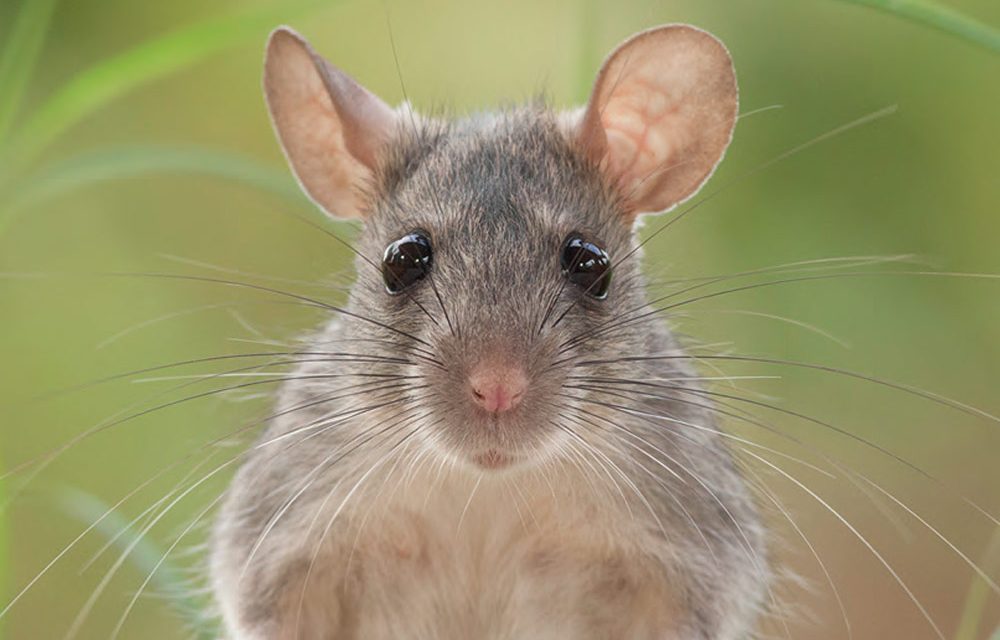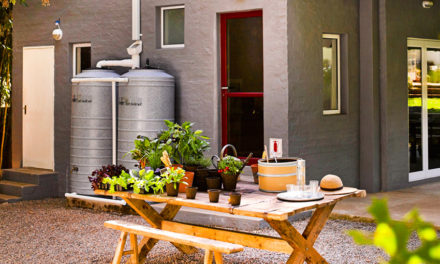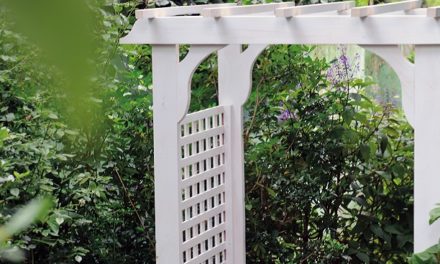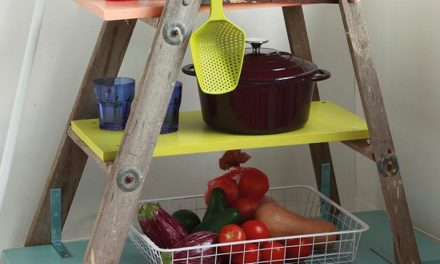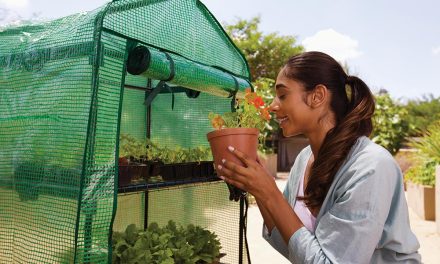Rodents like rats and mice may look cute in children’s cartoons, but when you’re
dealing with them in real life, they are anything but pleasant.
These rodents have long been the culprit of spreading some of the worst diseases and plagues in human history. Thanks to advances in rodent control products, the threat of disease for humans has lessened – but rodents can still be an irritating problem around the home and garden.
Both rats and mice cause structural damage to homes, apartments, offices, flats and any type of building through gnawing, nest-building, and defecation. Mice will chew on anything that they see as useful in building their nests. This could be wood, paper, cloth, and books to name a few materials.
HOW TO USE BAIT STATIONS
Place bait stations in the garden to control rats and mice. Efekto Eco Rat™ Bait Station and Supa-Kill® Bait Station are strong, reusable, durable stations that can be locked to keep children and pets away from the bait. Place the stations where there are signs of rodent activity such as:
- In dark sheltered places
- Along fences
- Garden beds and retaining walls
Be sure to keep the entry holes parallel and close to the wall. Continue using the trap until rodent activity in the garden ceases. As the rats forage for food and look for new shelter, they will enter the stations and consume the bait.
Use the 4 – 6 recommended bait stations outside around the home for optimum results. Place one station at each corner of the structure and if needed, one by the front entrance and one near the rear entrance.
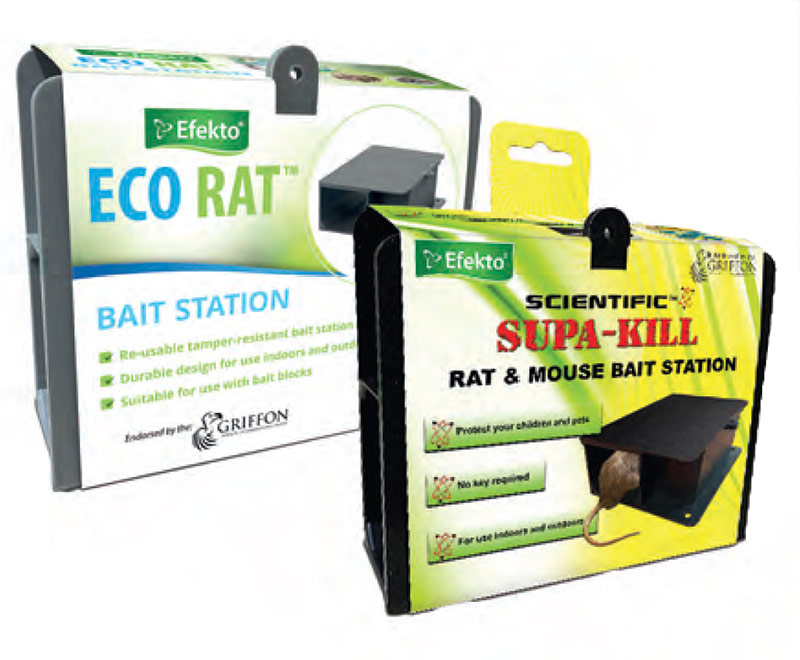
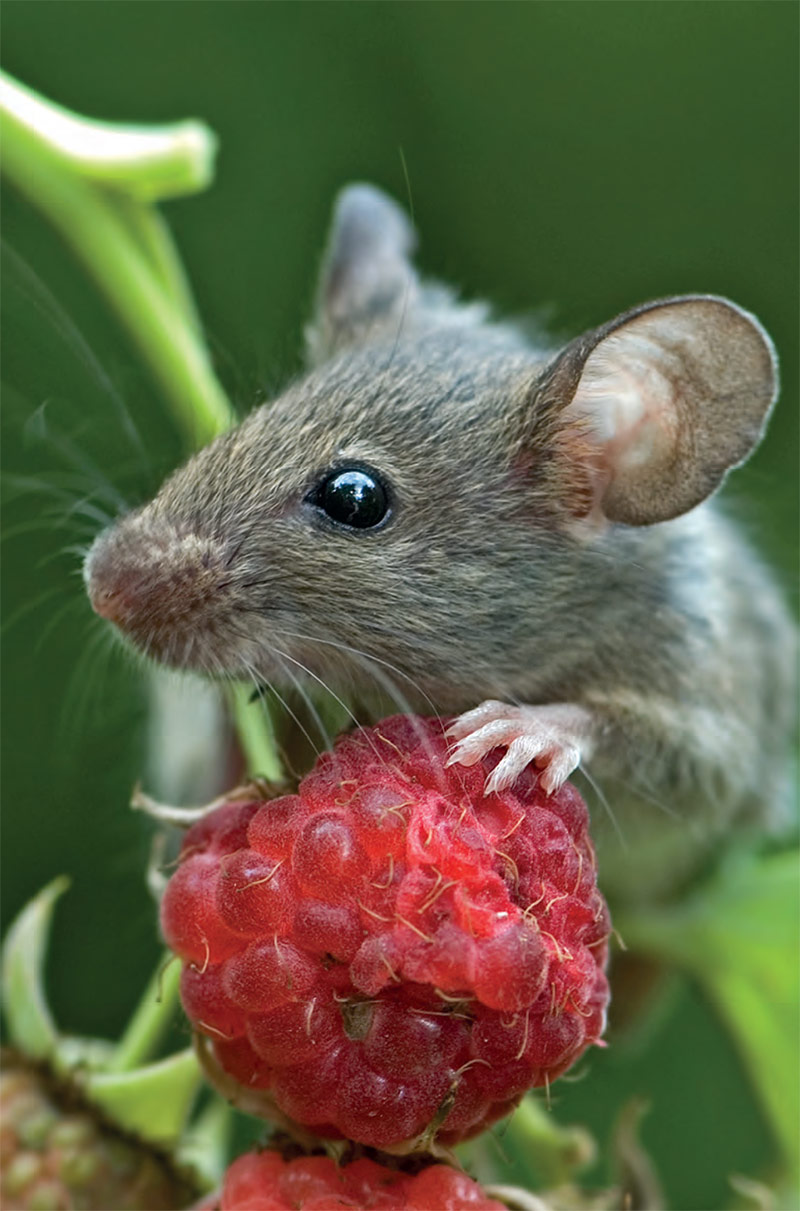
Most people underestimate the rat population on their property and assume the bait is not killing the rats. In fact, there are usually far more rats than realised so more bait is being consumed. Be patient. Check the stations once every 2 – 3 davs and replenish the bait as needed. As long as the bait is being consumed, it is working to kill rats and mice.
Baits can take up to 2 – 10 days to kill rats after they have eaten a lethal dose of bait. It is normal not to see deceased rats. When rats start feeling the effects of the bait, they usually return to the hidden nesting area and succumb to the bait.
PROFESSIONAL TIPS
- When controlling rats and mice, it is important to not clean up their droppings right away. The left-behind faces will act as a signal to the rodents that the area is safe and routinely travelled by themselves or other rodents, which will increase your trapping and baiting rate. Once you notice that rodent activity has dropped, you can then clean and sanitise.
- Always place bait blocks in a covered bait station to prevent access to bait by children and animals.
- When handling bait blocks, wear gloves to prevent a human scent from being transferred, which can deter rodents from approaching.
UNPACKING MYTHS
There is no such product that will cause rodents to:
- Go outside to seek water – they already have water inside, animal bowls on the floor or leaking pipes.
- Dry up so they do not have an odour when they die
Credits
Referenced from Efekto, Greenfingers: Winter Gardening Guide

